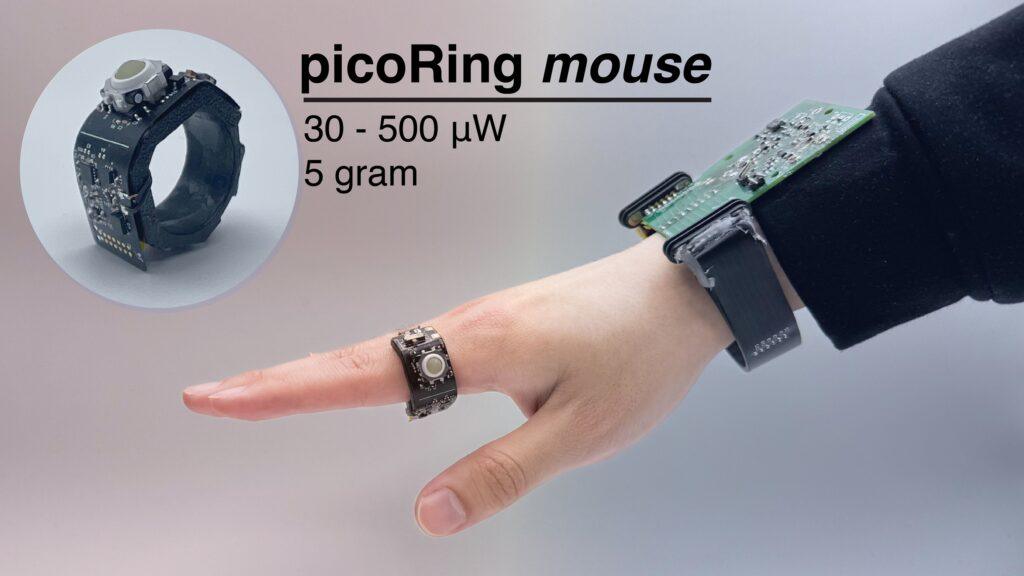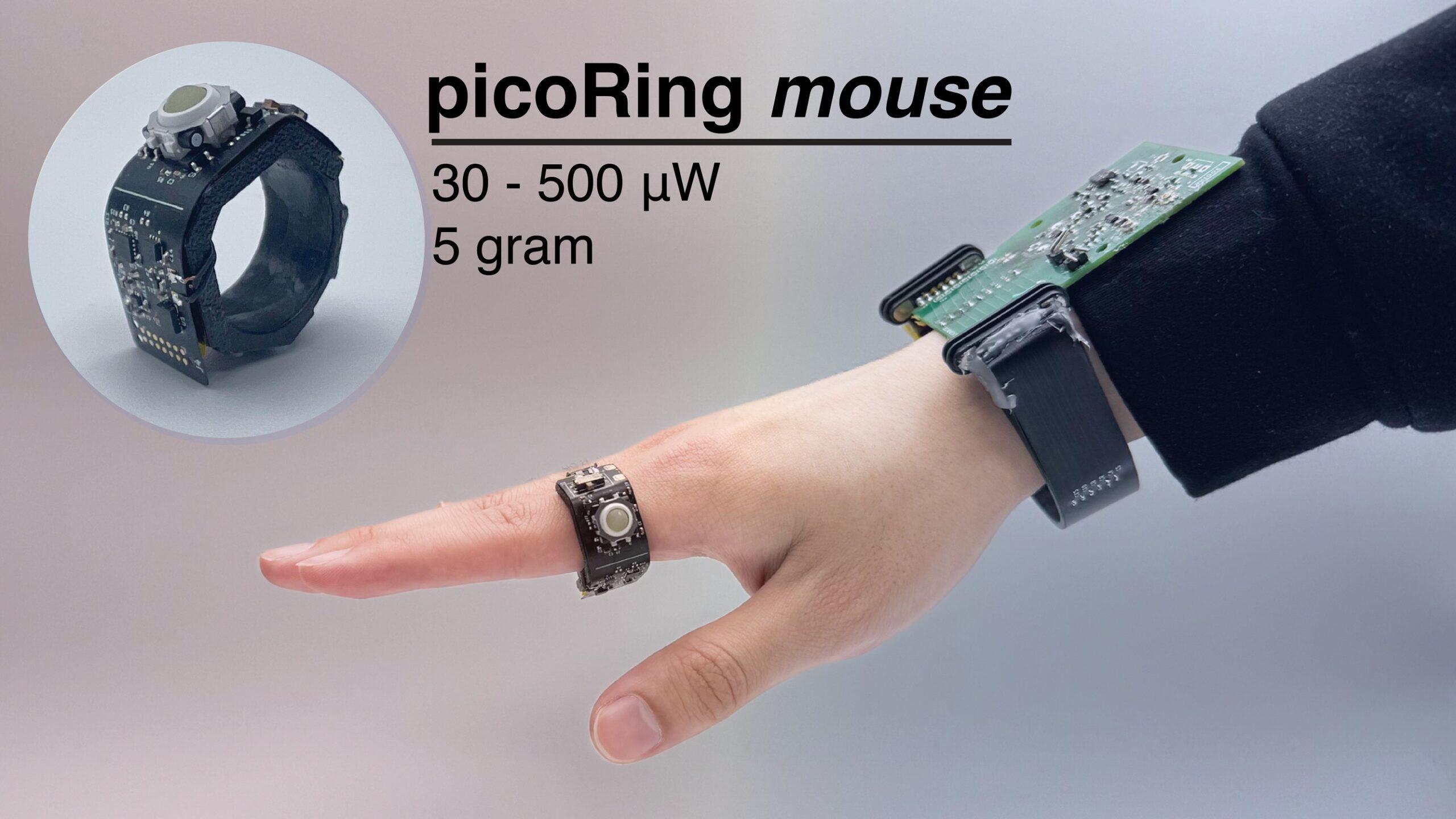For decades, the mouse has been an indispensable tool for working with computers – precise, intuitive, and reliable, it has had no real competitor until now. However, researchers at the University of Tokyo have presented a groundbreaking prototype that could change the way we interact with electronic devices in the future. Their invention, called picoRing, is a miniature, wireless controller worn on the finger. The device stands out for its exceptionally low power consumption and innovative method of communicating with electronics, allowing it to operate for up to a month on a single charge. The research was published in ACM Journals.
Despite many attempts, no alternative device has managed to replace the traditional computer mouse in everyday use. The main challenge was combining intuitiveness, precision, and comfort in a compact, portable device. The idea of a ring controller is not new – “smart rings” already exist on the market – but their limited battery life and bulky size have prevented widespread adoption.
Professor Ryo Takahashi’s team from the Department of Electrical Engineering and Information Systems at the University of Tokyo solved this problem in an innovative way. They designed a ring that uses hundreds of times less energy than previous solutions (about 30–500 microwatts instead of 50–60 milliwatts). A key component of the system is a special wristband resembling a watch, which acts as a signal relay between the ring and the target device, such as augmented reality (AR) glasses. This allowed the ring itself to use simpler and lighter components, reducing its weight to just 5 grams.

The researchers rejected standard technologies like Bluetooth (too energy-intensive) and NFC (works only at very short distances). Instead, they developed a system based on semi-passive inductive telemetry (semi-PIT). It uses a coil with built-in capacitors to amplify the magnetic field without an additional power source. The result is a system that is not only extremely energy-efficient but also stable in signal transmission.
Finger movements—such as scrolling up and down or clicking—translate into different signal frequencies that the wristband receives and forwards to the controlled device. The angle of the ring on the finger was precisely optimized to ensure the best signal-to-noise ratio and maximum user comfort.
Though picoRing is still a prototype, its potential is significant. The most obvious applications are in AR and virtual reality (VR) environments, where traditional mice are inconvenient or unusable. The ring allows for discreet and intuitive control of devices in public spaces without the need for large controllers or gestures.
The researchers also see possibilities for integrating health sensors into the ring. Because of its close contact with the skin, the device could monitor parameters like heart rate and stress responses, combining control functions with biomedical measurements. The current version of the ring has some limitations—it is a bit bulkier than a regular ring, is susceptible to interference, and only transmits basic commands. However, the team is working on improving wearability, system resistance, and expanding functionality.






